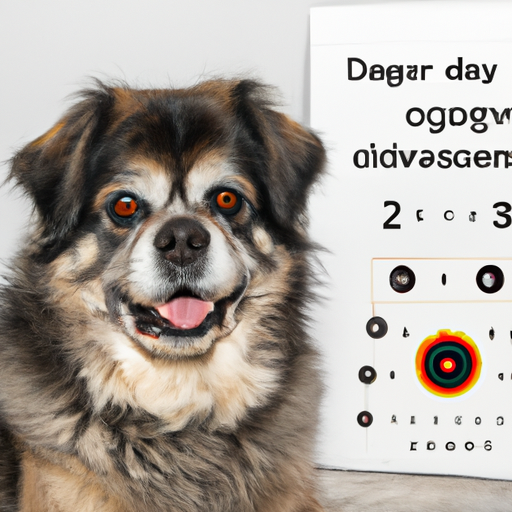Identifying Cataracts in Your Canine Companion
First off, you may be wondering, what exactly are cataracts? Cataracts are a common ailment in dogs, often associated with the aging process. They appear as a cloudiness in your dog’s eyes, similar to a frosted window. It’s crucial that you, as a loving caregiver, are able to recognize the signs of cataracts in your dog. Keep an eye out for:
- Cloudy, milky, or bluish discoloration in one or both eyes
- Bumping into furniture or walls
- Difficulty catching toys or finding treats
- Unwillingness to climb stairs or jump on furniture
Understanding The Typical Age for Cataracts in Dogs
As a caregiver, you should know that cataracts can appear at any age. However, most dogs start to develop cataracts between the ages of 8 to 10 years. It’s essential to note that age is not the only factor; breed predisposition and underlying health conditions can also contribute.
| Breed Predispositions | Age to Monitor |
|---|---|
| Cocker Spaniels | 5 years |
| Poodles | 5 years |
| Siberian Huskies | 3 years |
The Role of Genetics and Health Conditions
In addition to age, certain breeds are genetically predisposed to developing cataracts. Diseases like diabetes can also speed up the onset of cataracts. If your dog has diabetes, you should be vigilant about regular eye checkups.
- Diabetes: Nearly 75% of dogs with diabetes will develop cataracts within a year.
- Genetics: Breeds such as Boston Terriers, American Cocker Spaniels, and Smooth Fox Terriers have a higher genetic predisposition.
Preventive Measures and Treatment Options
While cataracts are often unavoidable, there are steps you can take to potentially delay their onset or slow their progression.
- Regular veterinary checkups
- Healthy diet
- Maintaining a safe environment
- Eye protection in harsh sunlight or windy conditions
If your dog does develop cataracts, various treatment options are available, including surgery, which has a high success rate.
FAQs
Q: Can cataracts be prevented?
A: Not entirely, but a healthy diet and regular vet checkups can help delay their onset.
Q: Can cataracts cause blindness?
A: Yes, if left untreated, cataracts can lead to blindness.
Q: Should I be worried if my dog has cataracts?
A: Consult your vet for the best course of action. Cataracts are treatable with high success rates.
Q: What breeds are more prone to cataracts?
A: Breeds like Boston Terriers, American Cocker Spaniels, and Smooth Fox Terriers are among those with a higher risk.
Q: Can puppies get cataracts?
A: Yes, although rare, some dogs can be born with cataracts or develop them at a very young age due to genetic disorders.



